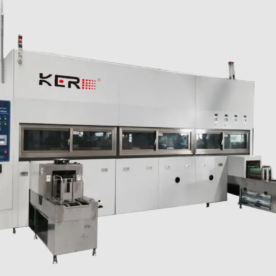- Home
- /
- About company
- /
- News
- /
- How a boring machine works
How a boring machine works
How a Boring Machine Works: Unveiling Its Functionality and Applications
Introduction
Boring machines are powerful and versatile tools used in various industries for drilling precise holes. In this article, we will explore how a boring machine works, its applications, and the drilling speeds it can achieve.
How a Boring Machine Works
A boring machine operates on the principle of rotating cutting tools to create holes with exceptional accuracy. Here’s a breakdown of its functionality:
Setup: The workpiece, typically made of metal or wood, is securely clamped or fixed on the machine’s worktable or held in a specialized fixture. This ensures stability during the drilling process.
Tooling: The boring machine employs different types of cutting tools, such as boring bars or drill bits, based on the specific application. These tools are designed to remove material and create holes of varying diameters.
Rotary Motion: The cutting tool is mounted on a rotating spindle or boring head, which is driven by a motor. As the spindle rotates, the cutting tool engages with the workpiece, gradually removing material and creating the desired hole.
Feed Mechanism: The machine’s feed mechanism enables controlled movement of the cutting tool along the workpiece. This allows for precise drilling depth and direction, ensuring accurate hole placement.
Coolant and Lubrication: During the drilling process, coolant or cutting fluid is often used to cool the cutting tool and flush away chips or debris. This helps prolong tool life and maintains cutting efficiency.
Speed and Feed Rate: The speed at which the boring machine rotates and the feed rate at which the tool advances into the workpiece can be adjusted to optimize the drilling process. The appropriate settings depend on factors such as the material being drilled, tooling specifications, and desired hole size.
Monitoring and Control: Boring machines may incorporate features for monitoring and control, such as digital displays, depth stops, or automated drilling cycles. These aids enhance precision and efficiency during drilling operations.
What is a Boring Machine Used For?
Boring machines find extensive use across industries for various applications. Some common uses include:
Cylinder Boring: Boring machines are commonly used to bore engine cylinders, ensuring precise dimensions and smooth surfaces for optimal engine performance.
Construction and Infrastructure: Boring machines are employed in construction projects for creating tunnels, underground pipelines, or foundation piles.
Manufacturing and Machining: Boring machines are vital in the manufacturing industry for drilling holes in components like gears, bearings, and shafts.
Woodworking: Boring machines are utilized in woodworking applications for drilling holes in furniture, cabinetry, and other wooden structures.
How Fast Can a Boring Machine Drill?
The drilling speed of a boring machine can vary depending on several factors, including:
Material: Different materials have varying densities and hardness, affecting the drilling speed. Harder materials typically require slower drilling speeds to ensure efficient cutting and tool longevity.
Tooling: The type of cutting tool, its diameter, and the number of cutting edges can influence drilling speed. Larger-diameter tools often necessitate slower drilling speeds to maintain stability and accuracy.
Machine Specifications: Boring machines come in different sizes and configurations, each with its own speed capabilities. High-performance industrial-grade machines can achieve faster drilling speeds compared to smaller, portable models.
It’s important to consider the specific requirements of the drilling application and consult the machine manufacturer’s guidelines for optimal drilling speeds.
FAQ
How does a boring machine work?
A boring machine works by rotating cutting tools, such as boring bars or drill bits, to remove material and create precise holes in a workpiece.
What is a boring machine used for?
Boring machines are used in various industries for drilling holes in materials like metal and wood. Common applications include cylinder boring, construction projects, manufacturing, and woodworking.
How fast can a boring machine drill?
The drilling speed of a boring machine depends on factors such as the material being drilled, tooling specifications, and machine capabilities. Optimal drilling speeds should be determined based on these factors to ensure efficiency and accuracy.
What is a cylinder boring machine?
A cylinder boring machine is a specialized type of boring machine specifically designed for boring precise holes in engine cylinders to ensure optimal engine performance.
Conclusion
Boring machines play a crucial role in various industries by enabling precise and accurate drilling operations. By understanding how these machines work, their applications, and the factors influencing drilling speed, users can make informed decisions when utilizing boring machines for their specific needs.
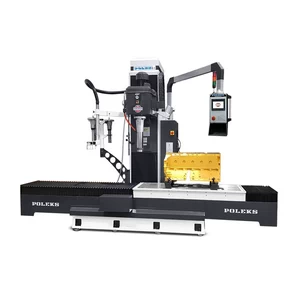
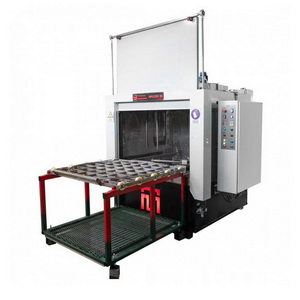
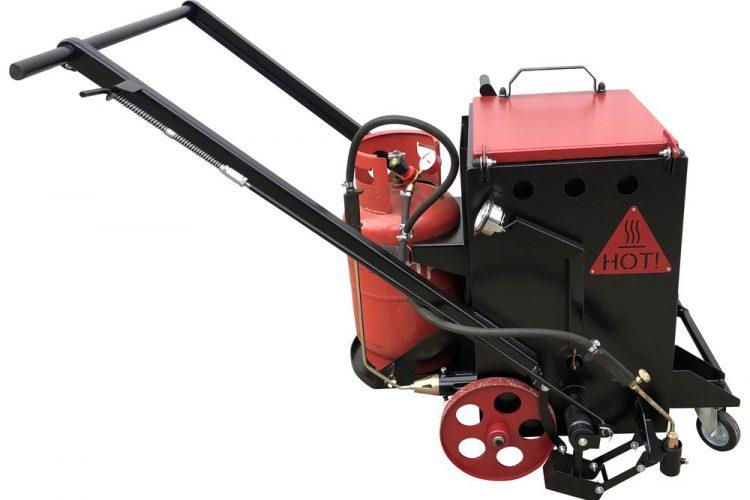
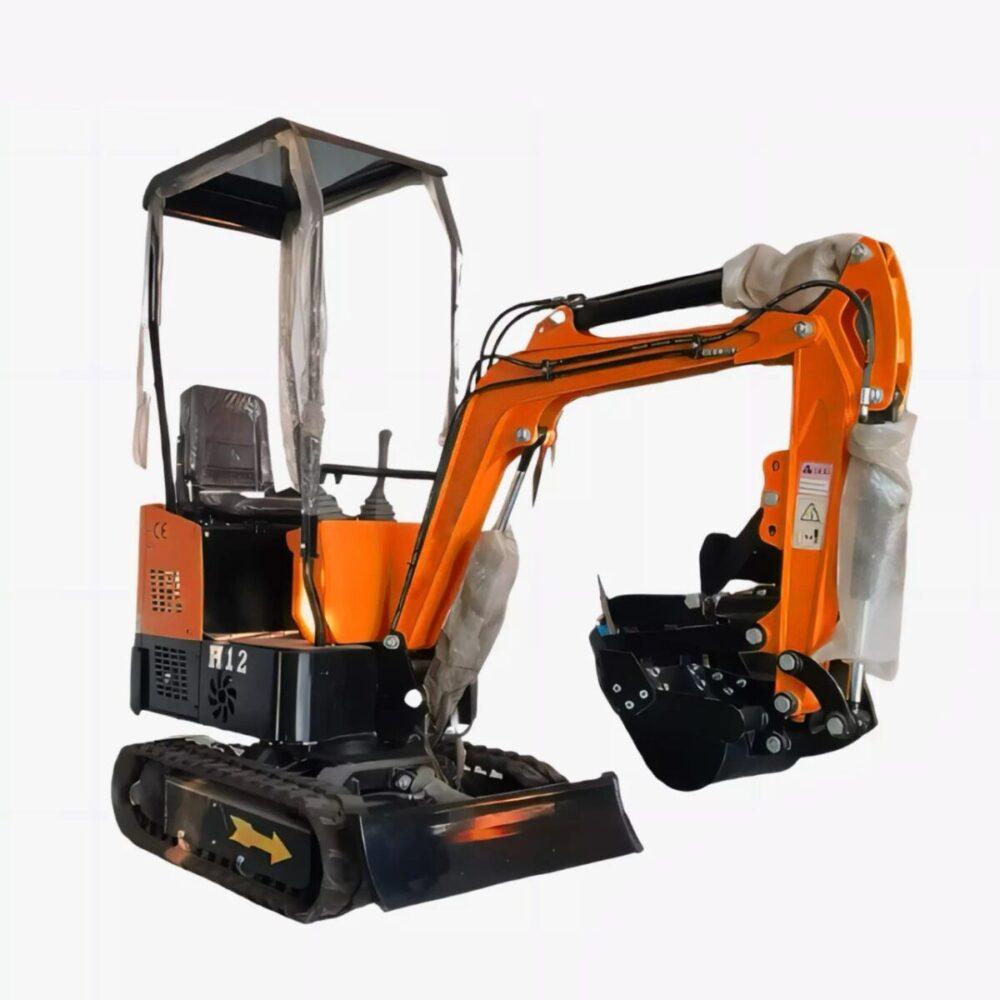


 Copy the link
Copy the link
